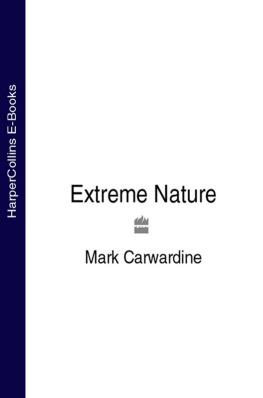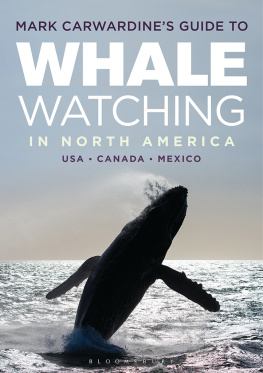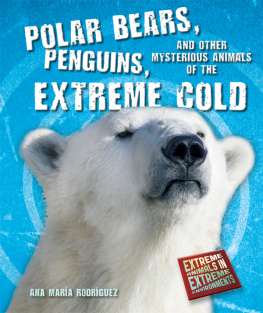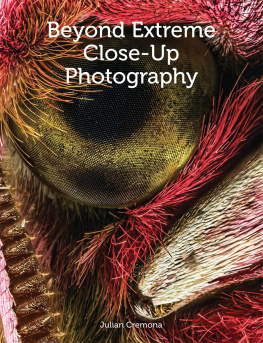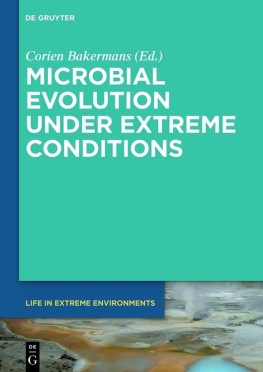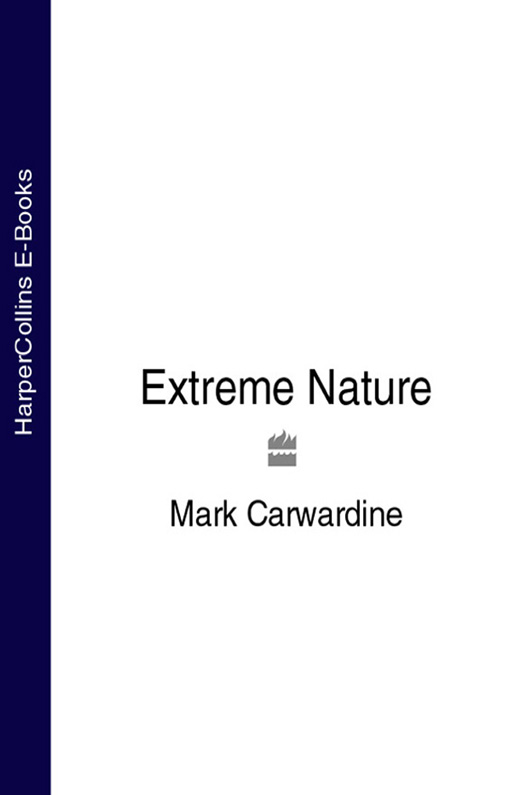Contents
Extreme Nature is about some of the most intriguing, supernatural, out of the ordinary and extreme plants and animals on the planet. A fish that can change sex, a frog that gives birth through its mouth and a flower that smells so bad it makes people faint are in the motley collection of weird and wonderful creatures included in the book.
If proof were ever needed that fact really is stranger than fiction, then look no further than the natural world. Did you know, for example, that a bombardier beetle can blast a chemical spray thats as hot as boiling water? Are you aware that a castor bean produces a toxin 6,000 times more deadly than cyanide? And have you ever wondered about the three-toed sloth, which has just two modes of being: asleep and not quite asleep?
It would have been hard for a science fiction writer to dream up some of the most bizarre creatures and wacky behaviour described in this book. Imagine an animal that squirts up to a quarter of its own blood at its predators thats the Texas horned lizard. There is a frog that can withstand being frozen to 270C (454F) and a moth with a 35cm (14in) tongue. A fish that can inflate itself to become a spine-covered sphere three times its original size may sound like a character from The Hitchhikers Guide to the Galaxy, but it really does exist, in tropical seas around the world, in the form of the pufferfish.
One of the richest environments for such peculiar and eccentric wildlife is the sea. This is where scientists first discovered the coelacanth, for example a strange-looking fish that was thought to have gone extinct 65 million years ago, but is now known to be alive and well and living in the western Indian Ocean. The sea is where we first set eyes on a remarkable octopus that lives a life of deception, by disguising itself as anything from a flounder or a jellyfish to a sea snake. And in the cold, dark ocean depths scientists have found shrimp-like creatures thriving 11 km (6.8 miles) below sea level. But the sea is also the most unexplored region of the world and studying its wildlife can be about as difficult and challenging as exploring outer space. Even now, there are probably huge animals lurking beneath the ocean waves as yet unseen by human eyes and untold numbers of smaller ones. But with the help of space-age research techniques and equipment, such as deep-sea submersibles and remote-access vehicles, we are just beginning to understand the true extent of alien-like life on our own planet.
There are more outlandish creatures to discover on land, too, though many of them are likely to be the natural worlds tiddlers and relatively hard to find. But the fact that weve already unearthed plants that eat animals, insects capable of walking on water and frogs with baggy skin just makes scientists determined to search for new species of plants and animals and ever-more extravagant forms of behaviour. Its hard not to wonder what secrets have yet to be unravelled in the treetops, deep underground, in hidden corners of remote tropical rainforests, or under the glare of a microscope.
Extreme Nature was written with the invaluable help of over 150 such scientists working in all corners of the globe. With their generous assistance, in just a few sentences its been possible to summarise some of the highlights of many years, sometimes decades, of research. Thanks to them, if youve ever wondered which animal has the best colour vision, if a millipede really does have a thousand legs, how fast a falcon can swoop, or which is the worlds most dangerous snake, this is the place to look.
Any study of extreme nature is inevitably full of surprises, and when it comes to superlatives, there is always another record-breaker just around the corner. But while theres little doubt that few of the records weve included are absolutes, in one way or another all animals and plants have something exceptional about them that deserves our attention. Its certainly been enormous fun corresponding with so many experts in so many different fields and, with their guidance, making the final selection.
Ultimately, the aim of the book is simply to revel in these other-worldly creatures and their outlandish behaviour. We hope you enjoy being wowed by some of their exploits.
If you enjoyed Extreme Nature, check out this other great Mark Carwardine title.
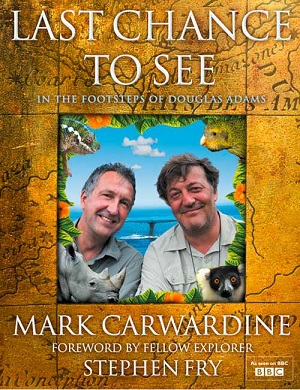
Buy the ebook here
NAME | ghost orchidEpipogium aphyllum |
LOCATION | North and Central Europe east to Japan |
ABILITY | cheating a fungus |

Jeffrey Wood/Royal Botanic Gardens, Kew
The natural world as we know it is built on partnerships. But in all societies there are cheats, and plants are no exception. Most green plants would be unable to exist without the help of fungi, which provide them with food-exchange partnerships. In fact, the invasion of the land by plants algae was probably only made possible by such partnerships. It has even been suggested that early land plants developed roots just so they could join forces with the fungal roots, or hyphae.
Most plants are proper partners, giving the carbohydrates they manufacture with their chlorophyll. Some, notably orchids, have such a close partnership that they dont even bother to produce proper food packages to accompany their embryos into the world, instead relying on fungi in the soil to provide the food needed for germination and early growth. This allows an orchid to produce lightweight, microscopic seeds millions of them.
Some orchids, however, have become cheats: they use fungi that have partnerships with trees, and they never give anything in exchange. Via fungal hyphae, these orchid vampires tap into the trees, siphoning off nutrients. The give-away is often the fact that they have stopped producing chlorophyll and so arent green but a rather sickly pinkish cream, like the ghost orchid, or brown, like the birds-nest orchid. Some, such as western coralroot, are blood red or even purple. The drawback is that, without the fungus, the orchid will die. And one day a fungus might just evolve a way to get its own back.
NAME | boxer crab, or pom pom crab, Lybia species |
LOCATION | Indian and Pacific Oceans |
ABILITY | packing a punch with anemone gloves |

Roger Steene/imagequest3d.com
Mutual relationships in the sea are common. A famous one is between a hermit crab and an anemone, where the former gains protection from the anemones stinging nematocysts, and the latter gets leftover food. Boxer crabs seem to have taken this a stage further. These tiny crabs their carapace measures just 1.5cm (0.6in) are prey to many animals. Their defence is to wield minute, stinging anemones on specialised claws. A jab with a glove can cause pain (even to a human) or death and seems an effective defence one boxer has even been observed seeing off a blue-ringed octopus. The anemones are also used in crab-to-crab boxing. But such fights are ritualistic, and boxing opponents hardly ever touch each other with their anemones, grappling instead with their walking legs.

